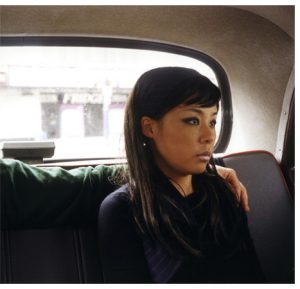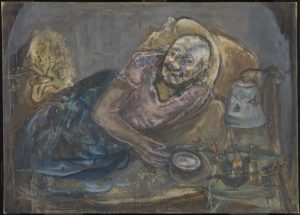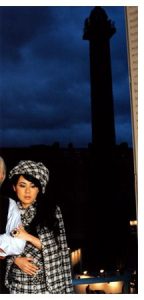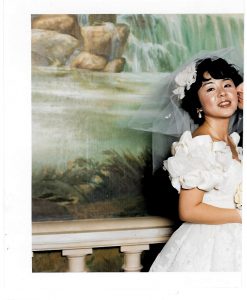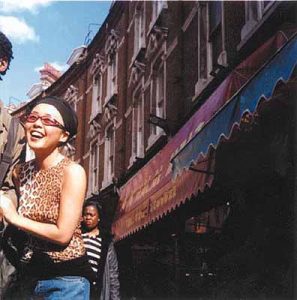From simply analysing the image I see before me, it’s apparent Nikki’s eyes quite clearly staring out of the car, looking off into the distance. It’s as if she is staring into space, lost in thought. For the viewer, this represents a cold demeanour that she is giving off. As it is not inviting, it therefore could come across as passive from the viewer’s perspective. The viewer is made to believe her disinterest is because of the assumed male figure (as no facial or distinctive masculine features are displayed) who is sitting next to her. She is not looking at him or in his direction which can only be assumed to be a bad sign. This is also emphasised through the blackness of seats behind, which connects the two of them, as black is often referred to as an empty void.
Outside the white light is pouring in around her head, representing a halo type effect. This could be portrayed as innocence within the woman. But this is very much counteracted by the black eye-liner the lady is wearing also. Black could also represent elegance in the woman. Her eyes have been made to look seductive in such a way, and to the audience this could make her come across as more appealing. This refers straight to the male gaze, and how male viewers might be attracted to the dramatic eye and subtle lip make-up. The image being made more attractive to a male’s gaze, is once again supported by the fact the male has his arm draped around the lady, as if to say he likes what he sees.
The dark blue of her clothing represents a seriousness and maturity, and coming from the point of the male gaze once more, shows us how adult the woman is. This would strike as more appealing to the onlooker, as to be sexualised one should be of age, and the dark blue reiterates this.

